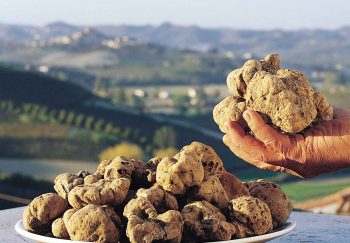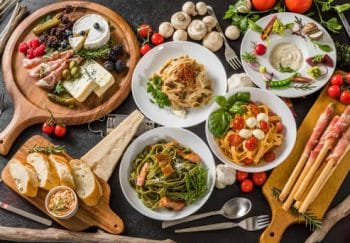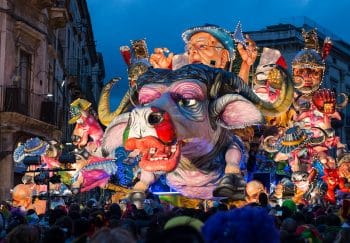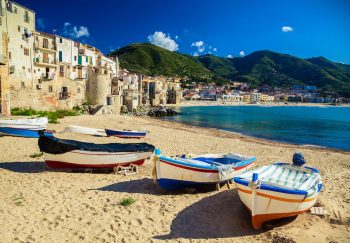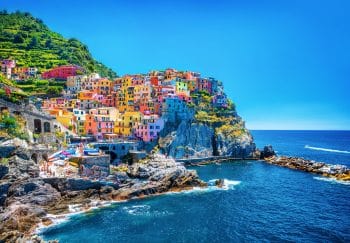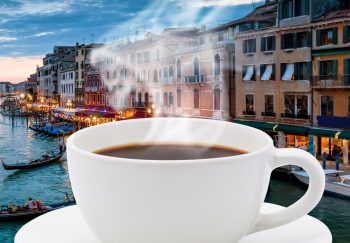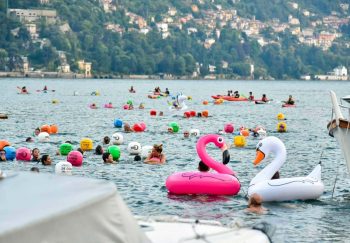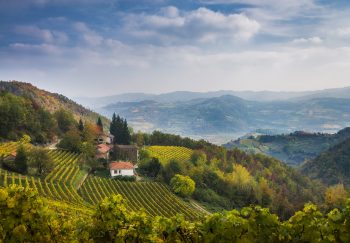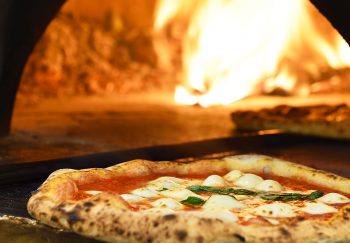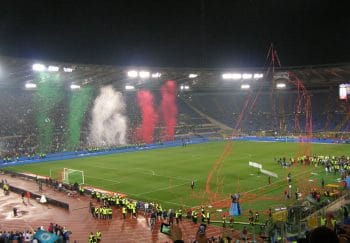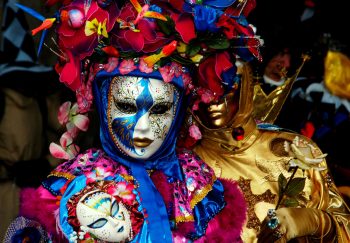Carnival in Sicily is a celebration that dates back to ancient times. It is the feast for abundance and binging before Lent fasting.
This week is when rich gravies and delicious dishes are served to our tables.
Sfinci with Ricotta – Ph Roberta Ianni
This celebration is the source of many of the most iconic masks, such as Peppi “Nappa the king of carnival, paladins, and many other characters who perform comic scenes. One example of this is the story of an unfortunate man who has his surgery performed by a poor doctor who sewed his body onto a stretcher. It is also the time for allegorical parades and historical re-enactments, pantomimes, dances, and ancient propitiatory rituals.
Catania is a place where the Carnival coincides with the Feast Saint’Agata. This link to the old tradition of the ntuppatedde when women from different social classes went out at night dressed up and played tricks and plays of seduction in places that were usually only open to men.
One of the oldest traditions in Sicily is the Carnival of Acireale. In 1880, the first Grotesque floats appeared. This tradition is still being carried on today thanks to the skilled and knowledgeable local artisans who bring all their creativity and know-how to create their artistic floats. Most recognizable mask was the abbatazzu (an abbot or poet), who mimed nobles and clergy by carrying around a poor book and pretending to utter satirical sentences.
Read more about the Carnevale di Acireale 2020
The Carnival of Avola, in the Syracuse region, is a combination of joy and fun. It is one of the most historic Carnivals of Italy. It is believed to have originated in the Middle Ages.
The carnival lasts for four days. The Carnival King Puppet, accompanied by a local band, parades through the streets on Saturday afternoon.
Sunday afternoon is the time for the allegorical and flowered parades that, along with the masked groups, and the typical Sicilian cars, start from Viale Lido, and then cross the town. The evening festivities continue in Piazza Umberto with entertainment and music. Monday is almost exclusively dedicated to the recitation and enactment of carnival songs (dialect poetry), while Tuesday is reserved for the final rehearsal of dialect poetry competition. The evening parade concludes with the award ceremony and the cremation and eulogy of Carnival King.
From Palazzolo Acreide to the end of sixties, huge masked balls were held: people danced and played ” Sottonovanta“, which was a kind of lucky dip. You can still dance on the main square and enjoy the parade of allegorical floats while enjoying traditional cavati and grilled sausages.
Many great celebrations are also held in Chiaramonte Gulfi( Ragusa), where they celebrate the Feast of the Sausage on Fat Monday.
The Carnival of Sciacca ( Agrgento), has very ancient origins. It seems to be related to the ancient Roman Saturnalia. The graceful, elegant and beautiful dancing of the mask groups makes the floats look majestic. Artists of papier-mache and architects, blacksmiths and choreographers are all skilled in their craft. They work tirelessly for many months, often with incredible speed and mastery. Unpublished poems in Sicilian dialect can be played by spontaneous poets whose satires are inspired by national and local political figures. From Thursday fat, when Peppi ‘Nappa is given the key to the city, the Grotesque floats, and masks parade through the historic center until Tuesday fat, when King’s Floats are burned at the stake. Papier-mache, an ancient art, is available for visitors to view and make their own creations. Watch the video “Sciacca: Dreams in your hands”
Video Sciacca, your dreams in your hand. Credits: Assessorato regionale del turismo, dello sport e dello spettacolo
in cooperation with Museo dei 5Sensi di Sciacca
Learn more about Carnival of Sciacca 2020
Termini Imerese ( Palermo), the Grotesque Floats parades satirize personalities from entertainment and politics. The puppets of the N annu (grandparents) are very distinctive. They were imported from Naples by the Neapolitans. The grandpa (grandpa), represents Carnival, which is burned at the stake on Fat Tuesday to mark the end of the joy period. The Nana (grandma) is a tall and thin woman that symbolizes the Lent’s penitence and pain. The Nannu’s reading is one of the most entertaining moments at the party. Through it, the most prominent personalities of the city are teased.
In Corleone, we also find allegorical floatings. The Nanno is burned at the stake. He is dressed in a necklace made of sausages and is carried on the Riavulicchio‘s shoulder (the little devil), an ancient tradition that has only recently been rediscovered.
Gioiosa ( Messina), the “Carnival of the Murgo” is a tradition that has been going on for nearly 70 years. The ” murga“, a colorful and distinctive ramshackle orchestra conducted by the “Murgo”, wearing a top-hat and tailcoat, is what gives it its name. This tradition was brought to America by returning emigrants who had taken this aspect of Latin-American culture and added maritime elements.
The Carnival in Novara di Sicilia (Messina), is a celebration that includes a special competition: The Race of the Maiorchino, which is a local cheese. It is a specialty made through specific processing and maturing. To compete in a race to roll cheese down the village’s slopes, the local shepherds use aged Maiorchino. This race is concluded with a Festival, where you can try this cheese along with the ricotta or the tuma.
Novara di Sicilia – ph. Massimo Calcagno
Salva
Salva
